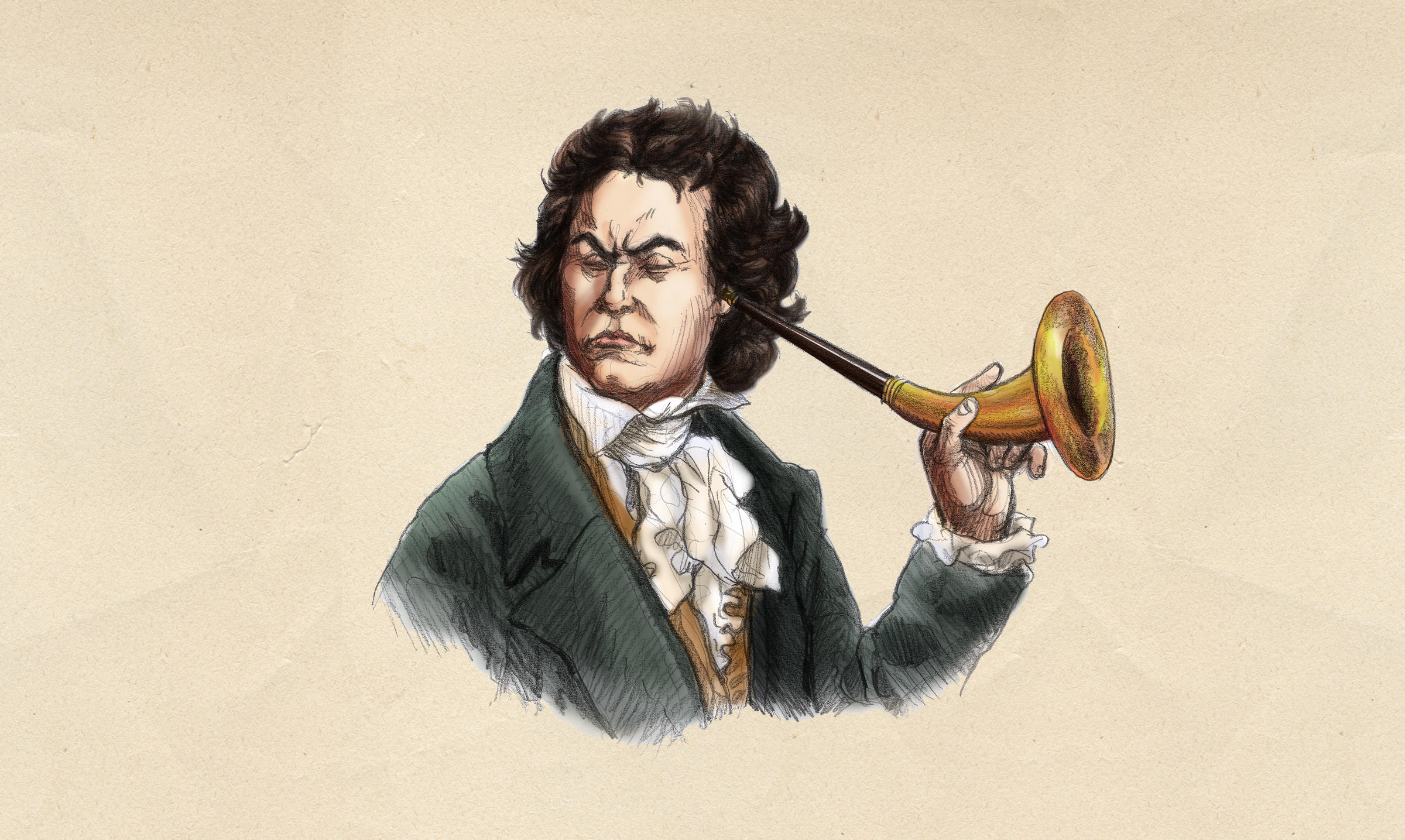When one thinks of Ludwig van Beethoven, grand symphonies and powerful sonatas often come to mind. But this remarkable composer also created a piece that, though small in stature, has left an indelible mark on music lovers worldwide. This piece is none other than the famous Bagatelle in A Minor, WoO 59, commonly known as Für Elise. Although deceptively simple, this short piano work holds a captivating story that has mystified audiences for centuries.
What is a Bagatelle?
A bagatelle is a short, light-hearted piece of music, often with a whimsical or carefree character. Beethoven composed several bagatelles throughout his life, viewing them as pieces where he could explore musical ideas without the structure or scale of a full symphony or sonata. Für Elise, however, stands out as a particularly expressive example, featuring an instantly recognizable melody that oscillates between haunting and playful.
Who Was “Elise”?
Beethoven completed Für Elise on April 27, 1810, yet the identity of “Elise” remains one of classical music’s most intriguing mysteries. The title Für Elise translates to “For Elise,” implying a dedication. However, no one is certain who Elise actually was. There are several theories, each of which adds a unique dimension to the story behind this beloved piece.
- Therese Malfatti: The most widely accepted theory is that Beethoven intended the piece for a woman named Therese Malfatti, who was a young woman Beethoven was infatuated with in 1810. Beethoven reportedly proposed to her, although she declined, perhaps due to his age, temperament, or declining health. Some music historians believe that Für Elise was originally named Für Therese but was later misread by a copyist, leading to the familiar title we know today.
- Elisabeth Röckel: Another theory suggests that “Elise” was actually Elisabeth Röckel, a German soprano who was acquainted with Beethoven. Röckel and Beethoven shared a deep friendship, and she even visited him in his final days. Some biographers speculate that Für Elise might have been a tribute to her, although there’s limited evidence to substantiate this theory.
- Elise Unknown: It is also possible that “Elise” was simply a poetic or symbolic name, reflecting an unknown muse or someone from Beethoven’s past who deeply impacted him. Beethoven, a deeply emotional man, often drew inspiration from romantic ideals, and this piece may have been an expression of longing and love.
The Composition: A Study in Emotion
While Für Elise is often performed by beginner pianists, its beauty lies in Beethoven’s masterful composition techniques. The piece opens with a lilting A minor theme that’s both tender and slightly melancholic, capturing a sense of wistfulness. This theme alternates with sections that are more lively, giving the piece a sense of movement and complexity that reflects Beethoven’s own emotional intensity.
The repeating melody, combined with delicate ornamentation, creates a unique tension within the piece—oscillating between moments of joy and introspective sadness. For this reason, many listeners feel that Für Elise is a window into Beethoven’s more personal thoughts and emotions.
Why Was Für Elise Not Published in Beethoven’s Lifetime?
Für Elise remained unpublished during Beethoven’s lifetime, which is unusual considering the work’s popularity today. It wasn’t until 1867, 40 years after his death, that the piece was discovered and published by Ludwig Nohl, a German music scholar who came across the manuscript in Beethoven’s estate. Had it not been for Nohl’s curiosity, the world might never have known this enchanting work.
Some scholars believe that Beethoven might have considered the piece too personal or too small-scale to publish. Others suggest he may have intended it as a private dedication that was not meant for public performance. Regardless, its eventual publication has allowed Für Elise to charm generations of listeners.
Für Elise Today: A Cultural Icon
From concert halls to movie soundtracks, Für Elise has become one of the most performed pieces in the world, and its simple yet elegant melody is instantly recognizable. Whether as a beginner’s first piano piece or a nostalgic nod in film, this bagatelle transcends time, connecting with audiences in a way that few classical compositions can.
As we explore Beethoven’s life and work, Für Elise serves as a reminder that beauty often lies in simplicity. Despite its modest length, this beloved piece offers a glimpse into Beethoven’s soul, embodying the bittersweet nuances of love, loss, and longing that resonate across generations.


Comments are closed